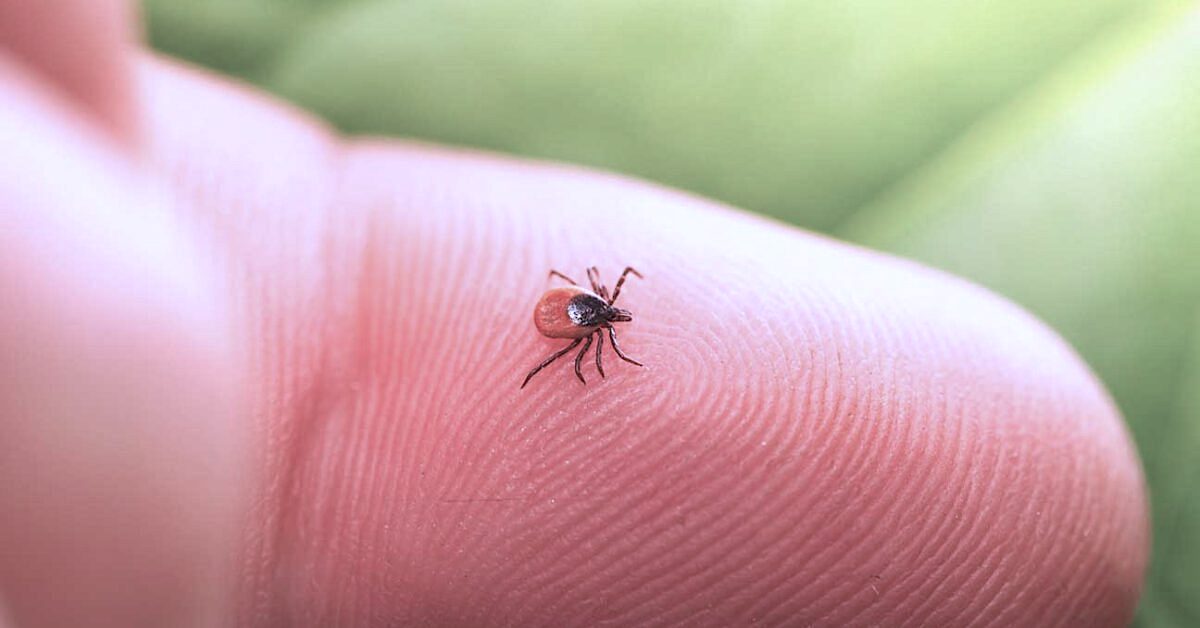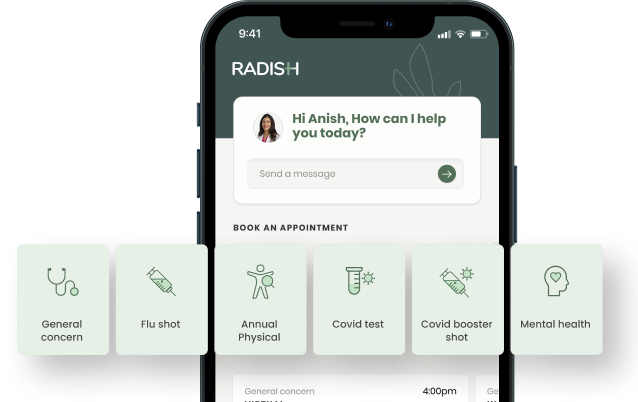The Ins and Outs of Lyme Disease

Dr. Jason Sellers
with Emily ScheinAs it gets warmer, New Yorkers begin to venture outside to appreciate the weather. Lyme disease can be a concern if you’re spending time hiking and enjoying nature. Lyme is very prevalent in the northeast, and is becoming a growing concern in Long Island. Read more to learn about symptoms, testing, treatment, and prevention of Lyme disease.

Summer is on its way! And so are the ticks. Here’s everything you need to know about Lyme disease.
What is Lyme Disease?
Lyme disease is a bacterial infection that is transmitted to humans by infected ticks. It can be common for ticks to latch onto your clothes or skin when walking through brush, tall grass, or the woods. If a tick bites you and becomes attached for a long period of time, it is possible for you to be infected.
Symptoms
Common symptoms of Lyme can include fatigue, joint pain, headaches, and swollen lymph nodes. Some people can develop a rash commonly known as a “bulls-eye” rash. Sometimes it can take weeks for symptoms and the rash to develop after being infected with Lyme. If left untreated, Lyme disease can cause more serious symptoms, including severe headaches, pain and swelling in joints, pain in muscles and tendons, and neurological symptoms such as dizziness, nerve pain, and tingling in extremities. It can take months to years for these symptoms to start occurring.
Testing
There are blood tests available to see if you have Lyme disease. However, timing is crucial to receive accurate results. The blood test measures antibodies – the proteins that develop in your body after being exposed to a disease. It can take a few weeks to a few months after contracting Lyme for the antibody levels to be high enough to be detected on a blood test. Because of this, you can receive false-negative results if you get your blood checked too soon after being bitten by a tick. Because of this, it is important to communicate an accurate timeline with your doctor of when you received the tick bite, how long the tick was attached, and when symptoms, if any, began.
Treatment
Lyme disease can be treated with antibiotics. If you catch Lyme disease early enough, you typically can take antibiotics for two to four weeks and be cured. Most patients recover well after they finish their course of antibiotics, but some patients can develop Post-Treatment Lyme Disease Syndrome (PTLDS), meaning that their symptoms persist even after proper treatment. It is unknown why some patients develop PTLDS, but research is being done on how to treat and prevent it. Complications with treatment are possible if Lyme disease is left untreated for a prolonged period of time, which is why it is important to speak with your doctor if you have any concerns.
If you have had high-risk exposure but have no symptoms, it is possible to be treated preemptively for Lyme with one dose of antibiotics. This can lessen the likelihood of you contracting Lyme. You might qualify for high-risk exposure if:
- The bite occurred in a state where Lyme incidence is high
- The attached tick can be identified as an adult or nymph black-legged tick
- The tick has been attached for at least 36 hours, identifiable by how engorged the tick is
- Treatment can be started within 72 hours of tick removal
Your doctor can help you decide if preventative treatment for Lyme is necessary and beneficial given your situation.
Prevention
There are steps you can take to help avoid getting bitten by ticks. When hiking, try not to have your ankles and lower legs exposed by wearing pants tucked into high socks. Insect repellent can be used on your skin and gear – sprays containing an ingredient called DEET is helpful for your skin while sprays that contain permethrin can be used on your clothes and gear. Additionally, take precautions when hiking by avoiding walking off of the trail path, as ticks are usually found in tall grass and brush.
Once you return from hiking, check your clothes and gear for ticks. You can put these items in the dryer on high heat for 10 minutes to kill any hidden ticks. Shower thoroughly within 2 hours of returning and check your entire body (including your scalp) for any attached ticks. If a tick is found, remove it immediately by using a pair of tweezers. Grab the tick as close to the skin as possible and pull up vertically without twisting. Make sure parts of the mouth are not left behind in your skin and clean the area with soap and water. Follow up with your doctor if you have any questions or complications with tick bites.
Lyme Disease in Pets
Unfortunately, your pets can get Lyme too. If you bring your dog hiking with you, make sure to treat your dog beforehand with a tick repellent. Symptoms of Lyme in dogs are similar to that in humans, with fever, decreases in energy and hunger, and joint pain and stiffness. Similarly, Lyme can be tested for via blood and can be treated with a course of antibiotics. It is smart to have your dog checked for ticks at each veterinary exam and to talk to your veterinarian if you believe your dog is exhibiting symptoms of Lyme.
Being knowledgeable about Lyme disease can help keep you safe while enjoying the outdoors. Keep in mind, if you get bitten by a tick it does not necessarily mean that you could have been infected. Not all ticks carry Lyme – in order for a tick to have the disease it must have fed on an animal that has Lyme. This is why it’s important to monitor for symptoms if you notice any tick bites. Any concerns about Lyme disease can be discussed during a General Telehealth appointment where your Radish doctor can help you with the next steps!
Request a Free Demo
Learn how Radish Health can help you improve employee health and save on healthcare.
Request a Demo